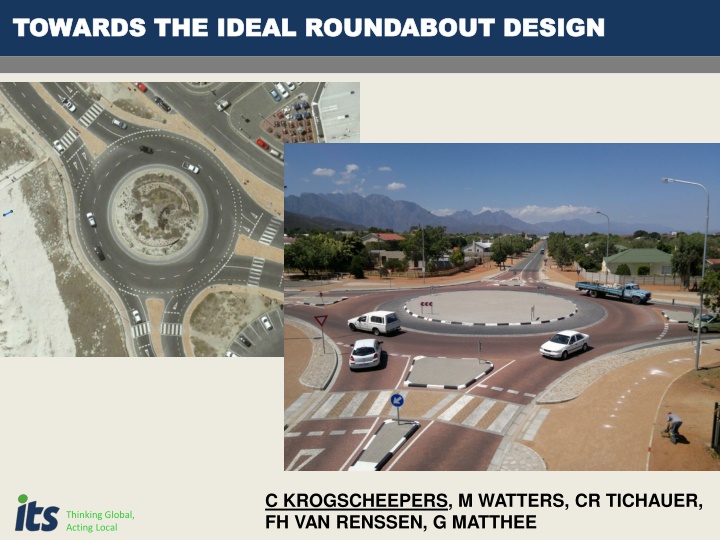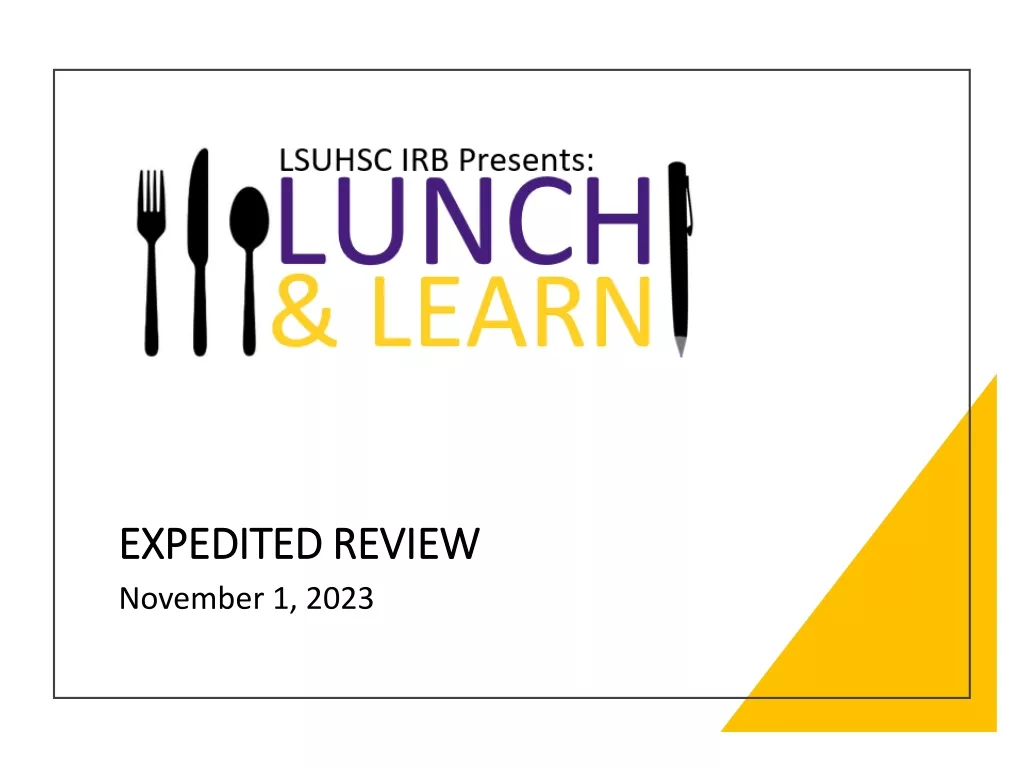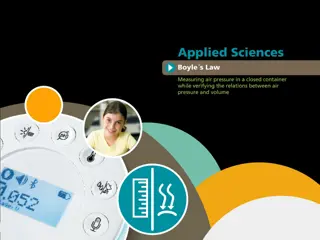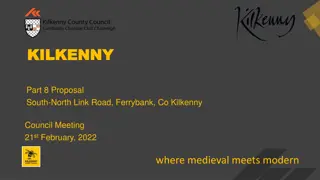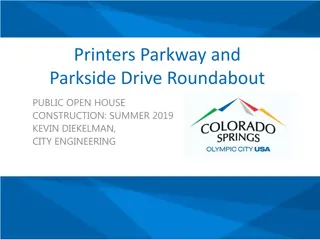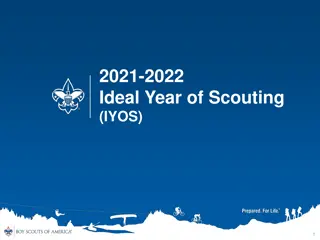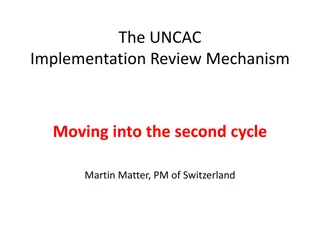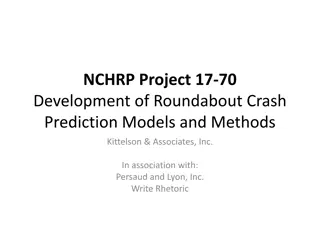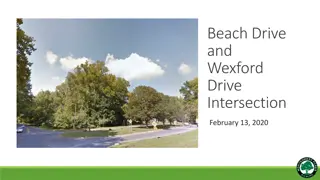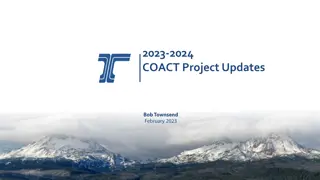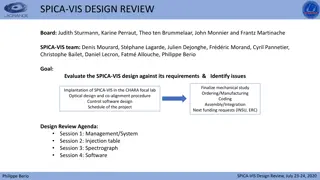Towards the Ideal Roundabout Design: A Comprehensive Review
Delve into a thorough exploration of roundabout design elements, including geometric factors, operating procedures, accident assessments, and more across various urban and rural settings. Discover the process undertaken, key findings, and insights aimed at shaping roundabout guidelines for the Western Cape region.
Download Presentation

Please find below an Image/Link to download the presentation.
The content on the website is provided AS IS for your information and personal use only. It may not be sold, licensed, or shared on other websites without obtaining consent from the author.If you encounter any issues during the download, it is possible that the publisher has removed the file from their server.
You are allowed to download the files provided on this website for personal or commercial use, subject to the condition that they are used lawfully. All files are the property of their respective owners.
The content on the website is provided AS IS for your information and personal use only. It may not be sold, licensed, or shared on other websites without obtaining consent from the author.
E N D
Presentation Transcript
TOWARDS THE IDEAL ROUNDABOUT DESIGN TOWARDS THE IDEAL ROUNDABOUT DESIGN C KROGSCHEEPERS, M WATTERS, CR TICHAUER, FH VAN RENSSEN, G MATTHEE Thinking Global, Acting Local
Content Background Review of Existing Roundabouts Sample of 37 Inscribed Circle Diameter Circulatory Lane Width Entry Lane Width Truck Aprons Fastest Paths Road Signs Road Markings Conclusions Thinking Global, Acting Local
Why are we still looking at roundabouts? Confusion? Inconsistency? Guidelines? Data? Thinking Global, Acting Local
Thinking Global, Acting Local
Thinking Global, Acting Local
Thinking Global, Acting Local
Thinking Global, Acting Local
REVIEW OF ROUNDABOUTS: SAMPLE of 37 Summary of Roundabouts investigated Urban Rural Single Double Single Double City of Cape Town 11 11 George 4 1 1 Other small towns 3 4 1 1 Part of the process to develop a Roundabout Guideline for Western Cape Thinking Global, Acting Local
Process: What did we do? Reviewed Geometric elements: ICD, CID, Aprons, Lane widths, Gradients at various locations on the approaches, Sight distances, Entry angles, Splitter island lengths and widths, Road markings and Signs, etc. Did Speed measurements (approach, entry, circulatory and exit positions) Visual assessment Operations, accident evidence (broken glass, damaged kerbs, damaged signs, etc.) Interviews with agency. Thinking Global, Acting Local
Inscribed Circle Diameter (ICD) Thinking Global, Acting Local
Inscribed Circle Diameter (ICD) Thinking Global, Acting Local
Circulatory Lane Widths Thinking Global, Acting Local
Circulatory Lane Widths Circulatory lane widths. Widths vary considerably. At some single lane roundabouts, the width was greater than 8m resulting in too small a central island diameter. When coupled with a poorly designed truck apron (no vertical separation) the advantage of controlling speed through the roundabout is compromised. Thinking Global, Acting Local
Entry Lane Widths Thinking Global, Acting Local
Entry Widths Entry lane width. Too wide entry width negates any benefit achieved through the correct design of other elements resulting in too high entry speed. In instances where the wide entry width is coupled with a wide circulatory lane, the measured speeds through the roundabout often exceeded 60 km/h. Thinking Global, Acting Local
Truck Aprons Thinking Global, Acting Local
Truck Aprons Truck apron not serving the purpose of design The purpose of the truck apron clearly misunderstood by some Truck apron often considered cosmetic rather than necessary. External truck - useful - have a positive effect on the entry speeds. Thinking Global, Acting Local
Truck Aprons Truck apron with better design, but too wide circulatory lane Truck apron with correct design for use by trucks only with a narrow circulatory roadway Thinking Global, Acting Local
External Truck Apron Thinking Global, Acting Local
Fastest Path Thinking Global, Acting Local The principles are generally ignored
Lordswalk Fastest Path Thinking Global, Acting Local
Brighton Fastest Path Thinking Global, Acting Local
Sunningdale Fastest Path Thinking Global, Acting Local
Road Signs The variation in the use of road signs and marking reflects either the lack of knowledge, or the lack of attention to detail or the lack of clear guidance (within the SADC-RTSM) for the implementation of road signs and road markings. Thinking Global, Acting Local
Road Markings The variation in the use of road signs and marking reflects either the lack of knowledge, or the lack of attention to detail or the lack of clear guidance (within the SADC-RTSM) for the implementation of road signs and road markings. Thinking Global, Acting Local
Conclusions Lack of a clear consistent design standards ICD generally within guidelines, entry and circulatory lane widths are generally too wide. Potential for too high speeds - compromise in safety. Pedestrians: No attention - unsafe conditions. Truck aprons: Not used for the purpose intended. Road signs and markings: Confusion Many variables influence speed and safety. Correct application of all elements are vital for a safe design. Thinking Global, Acting Local
Conclusions Could designs contribute to the perception that roundabouts are not safe? Assessment of 37 roundabouts suggest: Yes. Both in terms of vehicle only and ped crashes. Clearly begs for design standards to provide safe and efficient designs. Update SADC-RTSM for roundabouts. Thinking Global, Acting Local
